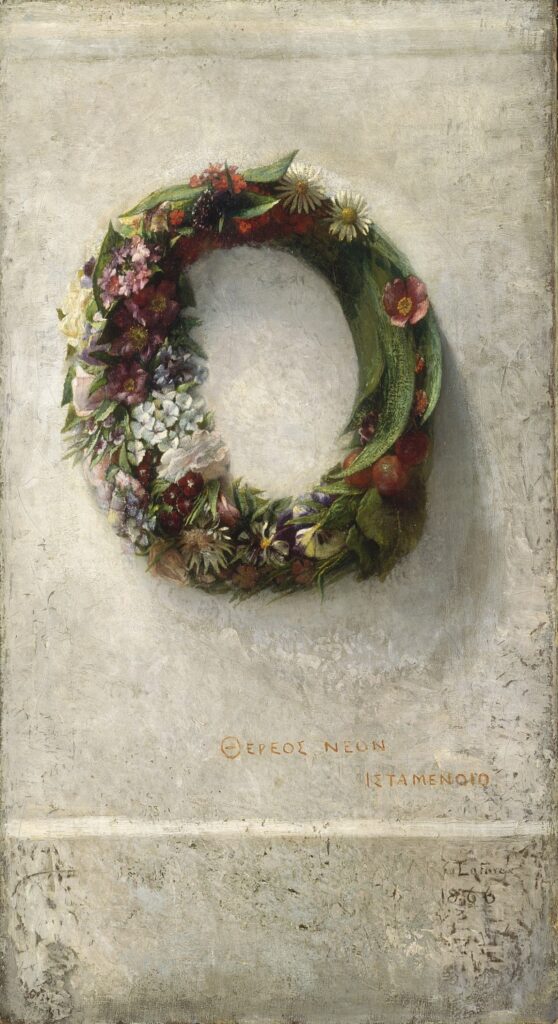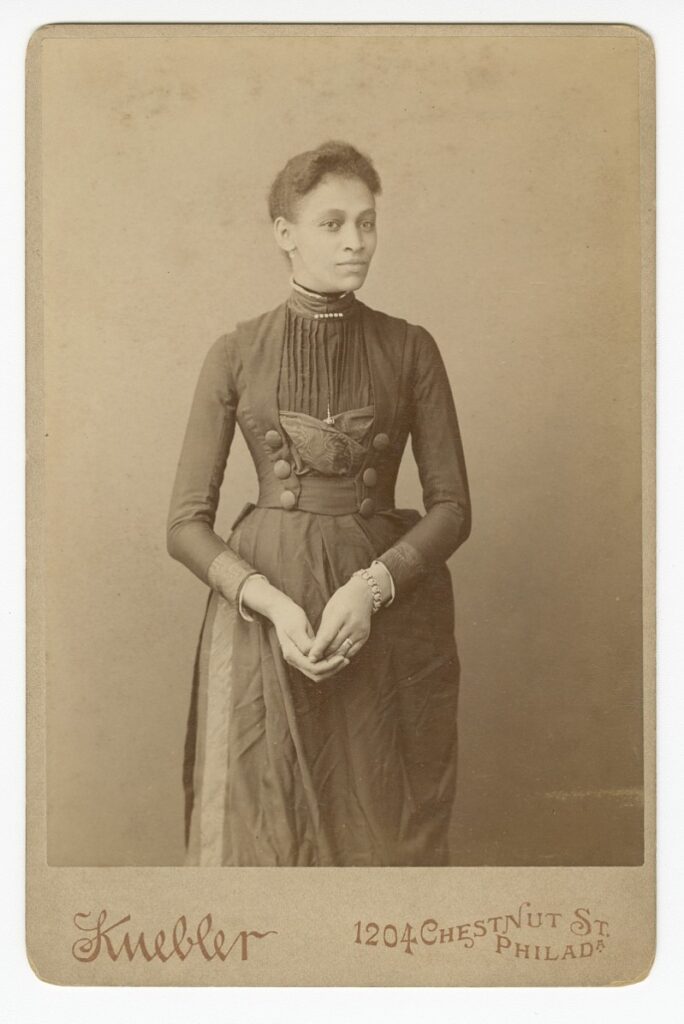Lines Addressed to a Wreath of Flowers, Designed as a Present for Mary Ann [1]
Selected By E. S. Webb [2]
Annotations by Celia Hawley

Go, pretty little motley group of sweetness [3]
Present yourself to Mary, and with neatness
Commend my friendship—show your colors forth—

Breathe all your fragrance and disclose your worth,
And tell her, beauty’s fate, like flowers gay,
Is but to bloom a moment—then decay.
Go smile in the light of that hazel eye;
Rejoice in the shade of those raven tresses—[5]
And tell her, ere your beauties die,
They’re only blessed whom virtue blesses.

Lines addressed To a wreath of Flowers, designed as a present for Mary Ann Selected by e. S. webb
[1] From Mary Ann Dickerson Friendship Album, n.d. Library Company of
Philadelphia Digital Collection, 45. “Album belonging to Mary Anne Dickerson, a young middle-class African American Philadelphian, probably created as a pedagogical instrument to promote cultivated expression, with contributions dating from 1833 until 1882. Contains engraved plates depicting scenic views, and original and transcribed poems, prose, essays, and drawings on topics including friendship, motherhood, mortality, youth, death, flowers, female beauty, and refinement.” Digital Library Company
[2] We cannot be sure who authored these lines, and have only the name of the person who chose them for inclusion in Mary Anne’s album.
[3] Motley Incongruously varied in appearance; disparate or messy
[4] Cabinet card A style of photograph first introduced in London, 1863. A photographic print mounted on card stock suitable for display in cabinets, often visible in parlors.
[5] Raven Black or very dark
Contexts
Cassey & Dickerson Friendship Album Project, History & Materiality: More than tokens of female expressionism, women’s friendship albums are artistic gems rich for material culture studies. From the bindings to the beautiful calligraphy, such volumes are relics of artistic portrayals of feminine identity and thought. By shedding insight on the process by which friendship albums are created, the political and literary aspects of these materials can be understood in a wider context. Friendship albums (and complementary gift books) are prime specimens of the commodification of American print culture. Marketed with beautiful bindings, often black morocco leather, these volumes typically manufactured in England, were exported to America and sold by booksellers, as well as at fancy goods stores and auction houses. Promoted as luxury items, often toward women, the albums would be advertised with phrases such as “A variety of beautiful albums from one dollar to five, newly bound, and pages ornamented with flowered designs, or fine steel engravings” (Public Ledger, 1844).
Resources for Further Study
- 19th-Century African American Women’s Friendship Albums Online
- Victorian Flower Language: Communication Using Flowers
- Identifying Cabinet Cards: A unique kind of photograph
Pedagogy
- Floriography: The language of flowers.
- Oil Painting: Definition and Technique
- Non-verbal forms of expression can be powerful tools. Discuss “floriography.” What other visual language forms can you think of? (American sign language and that of colors.)
- Under what circumstances might encrypted or coded language be necessary or desired? When have they been used, historically?
Contemporary Connections
Cassey & Dickerson Friendship Album Project: The Amy Matilda Cassey and Martina and Mary Anne Dickerson albums have long been some of the Philadelphia Library Company’s most requested items in the Print Department. Visual and textual, as well as rare artifacts of 19th-century middle-class African American history, the friendship albums are rich for digital humanities scholarship. When the Library Company’s Curator of African American History Krystal Appiah was approached in summer 2013 by Swarthmore professor Lara Cohen about her class analyzing the albums and in turn possibly creating an online site, we thought this may be the time to think a bit outside of the box when it comes to digital humanities at the Library.
Professor Ellen Gruber Garvey’s Writing with Scissors: American Scrapbooks from the Civil War to the Harlem Renaissance, Illustrated, November 2, 2012. Described below on Amazon.com:
“Men and women 150 years ago grappled with information overload by making scrapbooks-the ancestors of Google and blogging. From Abraham Lincoln to Susan B. Anthony, African American janitors to farmwomen, abolitionists to Confederates, people cut out and pasted down their reading. Writing with Scissors opens a new window into the feelings and thoughts of ordinary and extraordinary Americans. Like us, nineteenth-century readers spoke back to the media, and treasured what mattered to them.
In this groundbreaking book, Ellen Gruber Garvey reveals a previously unexplored layer of American popular culture, where the proliferating cheap press touched the lives of activists and mourning parents, and all who yearned for a place in history. Scrapbook makers documented their feelings about momentous public events such as living through the Civil War, mediated through the newspapers. African Americans and women’s rights activists collected, concentrated, and critiqued accounts from a press that they did not control to create “unwritten histories” in books they wrote with scissors. Whether scrapbook makers pasted their clippings into blank books, sermon collections, or the pre-gummed scrapbook that Mark Twain invented, they claimed ownership of their reading. They created their own democratic archives.”
Current thematic fiction: The Language of Flowers by Vanessa Diffenbaugh. The Victorian-era language of flowers and flower arranging is at the heart of this contemporary novel.